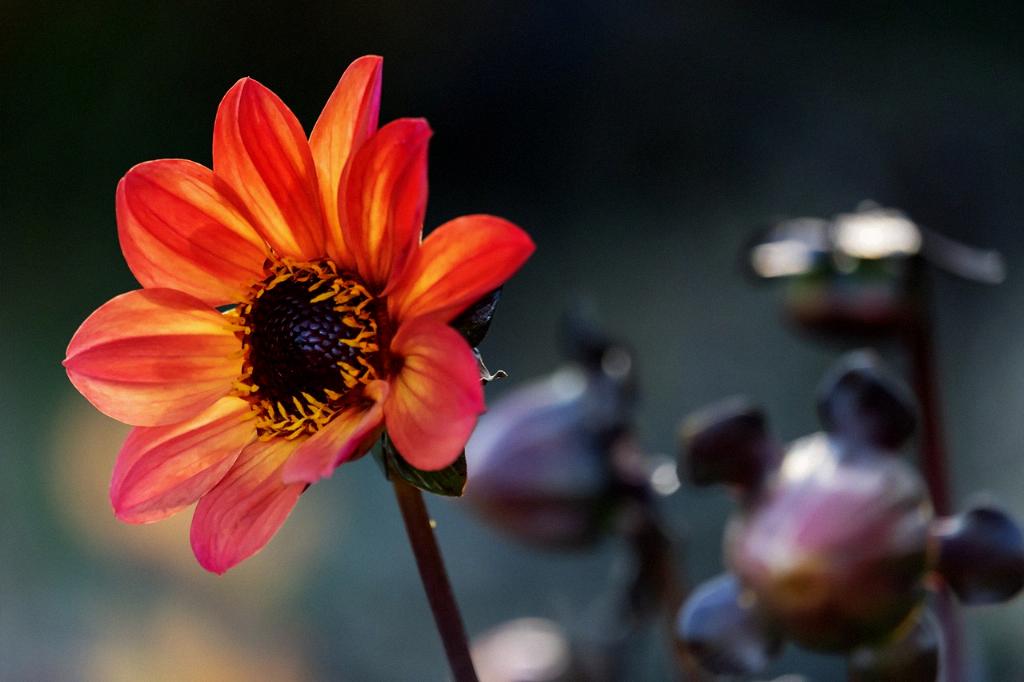When it comes to planting dahlia bulbs, it’s important to follow the right steps to ensure that your flowers bloom to their fullest potential. Dahlia bulbs are known for their vibrant colors and beautiful blooms, making them a popular choice for gardens and landscapes. Whether you’re a beginner gardener or have some experience with planting flowers, these tips will help you successfully plant your dahlia bulbs and enjoy a stunning display of blossoms.
Choose the Right Location
The first step in planting dahlia bulbs is selecting the right location. Dahlias thrive in sunny areas with well-drained soil. Choose a spot in your garden that receives at least 6-8 hours of sunlight per day. Avoid areas that are prone to waterlogging, as dahlia bulbs are susceptible to rot in overly wet conditions.
Prepare the Soil
Before planting your dahlia bulbs, it’s essential to prep the soil. Ensure that the soil is loose and well-drained to allow for proper root development. Incorporating compost or organic matter into the soil can help improve its texture and nutrient content, providing a healthy environment for your dahlia bulbs to grow.
Planting Depth
When planting dahlia bulbs, the depth at which you plant them plays a crucial role in their growth. Dig a hole that is about 6-8 inches deep and place the dahlia bulb in the hole with the “eye” facing upwards. The eye is the point from which the stems will emerge, so ensuring it faces upward will promote healthy growth.
Spacing
Proper spacing is key to allow your dahlia bulbs to grow and spread effectively. Plant each dahlia bulb at least 12-18 inches apart to provide ample room for the plants to develop without overcrowding. This spacing will also help improve air circulation around the plants, reducing the risk of diseases.
Watering Routine
After planting your dahlia bulbs, establish a consistent watering routine to keep the soil moist but not waterlogged. Water the bulbs thoroughly after planting to help settle the soil around them. Once the dahlia plants begin to sprout, water them regularly, ensuring that the soil remains evenly moist.
Supporting Growth
As your dahlia plants grow, they may require support to prevent them from bending or breaking. Consider using stakes or a trellis to support the stems and keep the plants upright. Tie the stems gently to the support structure as needed, being careful not to restrict their growth or cause damage.
Fertilizing Schedule
To promote healthy growth and abundant blooms, fertilize your dahlia plants regularly during the growing season. Use a balanced fertilizer with equal parts nitrogen, phosphorus, and potassium to provide essential nutrients for the plants. Apply the fertilizer according to the package instructions, taking care not to over-fertilize.
Deadheading Blooms
As your dahlia plants begin to produce blooms, deadheading them can help encourage additional flower production. Remove spent blooms by cutting them back to a set of leaves or a healthy bud. Regular deadheading will not only prolong the blooming period but also promote continuous flower production.
Pest and Disease Management
Keep an eye out for common pests and diseases that may affect your dahlia plants, such as aphids, slugs, or powdery mildew. Monitor your plants regularly and take action promptly if you notice any signs of pest infestation or disease. Consider using organic pest control methods to protect your dahlia plants without harming beneficial insects.
Winter Care
Once the growing season comes to an end, it’s essential to prepare your dahlia plants for winter. In regions where temperatures drop below freezing, dig up the dahlia tubers before the first frost. Store them in a cool, dry location until the following spring, when you can replant them for another season of beautiful blooms.
Enjoying Your Dahlia Blooms
By following these steps for planting and caring for your dahlia bulbs, you can enjoy a spectacular display of colorful blooms in your garden. Experiment with different dahlia varieties to create a stunning garden palette and relish the beauty and vibrancy that these flowers bring to your outdoor space. With proper care and attention, your dahlia plants will reward you with a breathtaking floral showcase that brightens up your landscape.

Conclusion
Planting dahlia bulbs may require some effort and care, but the results are certainly worth it. With the right preparation, planting depth, spacing, and ongoing care, you can cultivate a thriving dahlia garden that delights your senses and enhances the beauty of your outdoor space. Take the time to nurture your dahlia plants, and you’ll be rewarded with a bountiful harvest of vibrant blooms that bring joy and color to your garden throughout the growing season.
